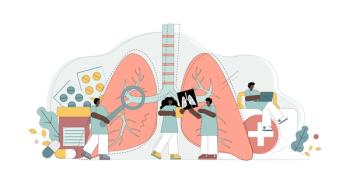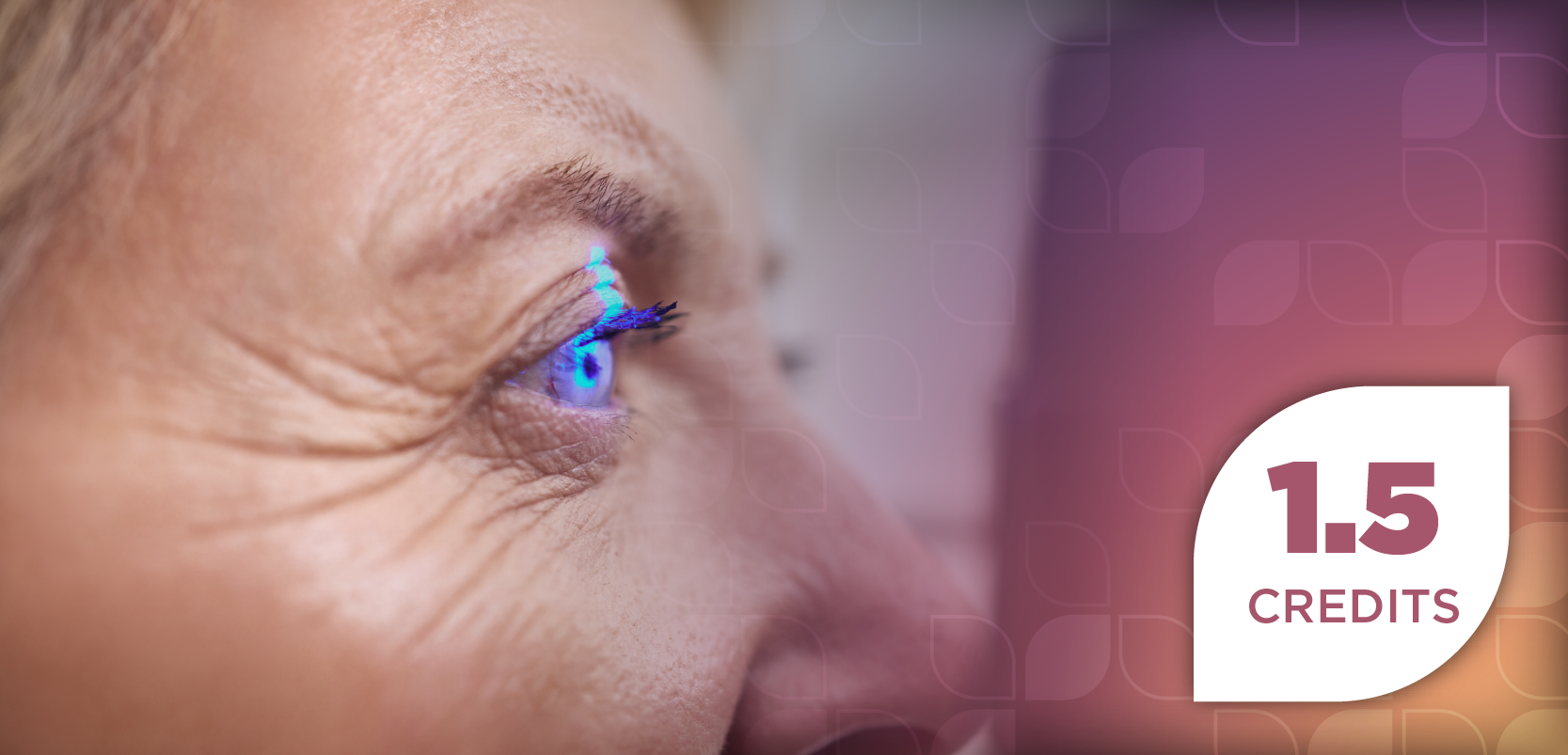
Same-Day Breast Imaging Gaps Reveal Health Care Disparities
Key Takeaways
- Disparities exist in same-day diagnostic services for breast cancer, affecting minority and low-income patients despite equal service availability.
- Race, ethnicity, and socioeconomic factors significantly impact the provision of diagnostic services, delaying treatment and worsening outcomes.
For this retrospective study, the authors examined data on more than 3 million screening mammographies for more than 1 million female patients; of the screenings, 23.6% had abnormal results and only 6.7% were recommended for biopsy.
Despite similar availability rates of advanced on-site diagnostic services for
According to the results of this retrospective analysis published online today in
The female study population comprised 6.5% Hispanic/Latinx patients, 10.3% Asian/non-Hispanic patients, 12.7% Black patients, 68.3% White patients, and 2.2% Alaska Native, American Indian, Native Hawaiian, Pacific Islander, mixed (2 or more races), or other.
“Issues with limited access and delays in care are more likely to affect minority or marginalized populations,” Lisa A. Mullen, MD, fellow of the American College of Radiology and the Society of Breast Imaging, wrote in the editorial, “including racial and ethnic minorities and those with lower socioeconomic status, low health literacy, and limited health insurance coverage.”2
Data on these patients (N = 1,123,177) from 136 facilities in the Chicago metropolitan area, New Hampshire, North Carolina, San Francisco, Vermont, and Washington—who accounted for 3,519,502 screening mammographies between January 2010 and December 2020—came from the Breast Cancer Surveillance Consortium. Of those screenings, 23.6% (n = 265,309) had an abnormal result. However, following the abnormal results, just 6.7% were then referred for biopsy.1
“When it is caught early enough, before symptoms are present, breast cancer can be easier to treat and significantly reduces a patient’s chance of dying of cancer,”
Overall Study Population
Overall, the median (IQR) patient age was 59 (51-67) years; those with an abnormal screening mammography were slightly younger than those who had a diagnostic mammography and breast ultrasound who were then referred for biopsy: 56 (17) vs 58 (17) years. A majority of patients in each group fit the following criteria1:
- At least high school graduates: 94.0% and 93.8%, respectively
- In the fourth quintile of neighborhood-level median income per American Community Survey data from 2007 to 2011: 49.9% and 49.7%4
- Lived in urban areas: 86.2% and 76.2%
- Had a breast density that was scattered fibroglandular tissue: 40.9% and 41.2%)
- Had a breast density that was heterogeneously dense: 45.1% and 42.8%
- Did not have a personal history of breast biopsy: 73.7% and 66.7%
- Did not have a personal history of breast cancer: 92.9% and 90.9%
On-Site Availability of Standard-of-Care and Advanced Diagnostics
Compared with White patients in an unadjusted analysis, Asian patients were 10% more likely (risk ratio [RR], 1.10; 95% CI, 1.01-1.21; P = .04) to have on-site access to standard-of-care diagnostic imaging and patients of all other races and ethnicities were 13% more likely (RR, 1.13; 95% CI, 1.03-1.24; P = .009) to have on-site access to standard-of-care biopsy services. In the adjusted model that accounted for race/ethnicity and neighborhood-level high-school educational attainment, median income, and rural status, those living in rural areas were 16% less likely (RR, 0.84; 95% CI, 0.74-0.96; P = .01) to have DBT.
Standard-of-Care, Advanced Diagnostic Services Within 90 Days of Abnormal Screening Mammography
In the fully adjusted model, Asian patients were 5% less likely (RR, 0.95; 95% CI, 0.92-0.98; P < .001) and Black patients were 8% less likely (RR, 0.92; 95% CI, 0.90-0.94; P < .001) vs White patients to be examined with some diagnostic technologies. Also, Asian, Hispanic or Latinx, and patients of all other races and ethnicities were 28% less likely (RR, 0.72; 95% CI, 0.61-0.83; P < .001) to receive a diagnostic breast MRI following an abnormal screening mammogram. Standard-of-care biopsies were 8% less likely (RR, 0.92; 95% CI, 0.88-0.97; P = .003) to take place among the participants who lived in a neighborhood with lower educational attainment.
Among individuals living in the lowest- vs the highest-income neighborhoods, there was a 5% lower chance of receiving standard-of-care diagnostic imaging (RR, 0.95; 95% CI, 0.94-0.96; P < .001) and DBT (RR, 0.95; 95% CI, 0.93-0.98; P < .001). Those in lowest-income neighborhoods also were more likely to receive an MRI (RR, 1.20; 95% CI, 1.07-1.35; P = .003).
Also, patients who lived in a rural location were much more likely to undergo a diagnostic MRI (RR, 2.20; 95% CI, 1.90-2.54; P < .001) vs urban dwellers, but less likely to receive an MRI-guided biopsy (RR, 0.46; 95% CI, 0.22-0.97; P = .04).
Same-Day Services
Black patients (RR, 0.56; 95% CI, 0.49-0.63; P < .001) had the highest chances of not receiving same-day diagnostic services vs White, Hispanic/Latinx (RR, 0.61; 95% CI, 0.52-0.71), and Asian (RR, 0.74; 95% CI, 0.64-0.85) patients, as did patients living in the lowest- vs the highest-income neighborhoods (RR, 0.42; 95% CI: 0.38, 0.47; P < .001). After adjusting for all demographic factors, rural vs urban location correlated with a greater likelihood of receiving same-day services (RR, 1.51; 95% CI, 1.39-1.65; P < .001).
Among the facilities that provided same-day biopsy, Black patients were less likely (RR, 0.46; 95% CI, 0.33-0.65; P < .001) and Hispanic/Latinx (RR, 1.42; 95% CI, 1.07-1.89; P = .02) and patients of all other races and ethnicities (RR, 1.07; 95% CI, 0.67-1.70) were more likely compared with White patients to receive this service. Also, middle-income neighborhood dwellers were less likely to receive a same-day biopsy vs those living in the highest-income neighborhoods (RR, 0.72; 95% CI, 0.59-0.87; P < .001).
To Make Progress…
Although the study found that race, ethnicity, and neighborhood-level socioeconomic status did not negatively affect access to same-day diagnostic services for breast cancer, the authors highlight the benefits of offering these services. Their data indicate uneven uptake among patient groups, but they emphasize 4 key advantages: reducing patient loss to follow-up, minimizing disparities in timely diagnosis after abnormal screening mammography, shortening wait times for diagnostic results (which can alleviate patient anxiety), and improving patient satisfaction.
Future studies should concentrate their investigations on correlations between availability and receipt of on-site diagnostic services, the time it takes to get a clear diagnosis after imaging, and the time to surgery and treatment after diagnosis.
In her editorial, Mullen agreed with the findings and noted that they highlight opportunities for improvement.4 She emphasized the need for interventions to increase the use of available breast imaging services among minority and low-income patients, as well as optimizing workflow. Key strategies include ensuring adequate staffing of technologists and radiologists to manage unpredictable same-day patient volumes, refining patient scheduling templates, and helping patients understand out-of-pocket costs and insurance coverage.
References
1. Lawson MB, Zhu W, Miglioretti DL, et al. Disparities in standard-of-care, advanced, and same-day diagnostic services among patients with abnormal screening mammography. Radiology. 2025;314(2):e241673. doi:10.1148/radiol.241673
2. Mullen LA. Breast imaging disparities persist despite same-day service availability. Radiology. 2025;314(2):e250117. doi:10.1148/radiol.250117
3. Racial disparities seen in same-day breast diagnostic and biopsy services. News release. Radiological Society of North America. February 18, 2025. Accessed February 16, 2025.
4. Median income in the past 12 months (in 2011 inflation-adjusted dollars): American Community Survey, ACS 5-year estimates subject tables, table S1903, 2011. US Census Bureau. Accessed February 17, 2025.
Newsletter
Stay ahead of policy, cost, and value—subscribe to AJMC for expert insights at the intersection of clinical care and health economics.

















































